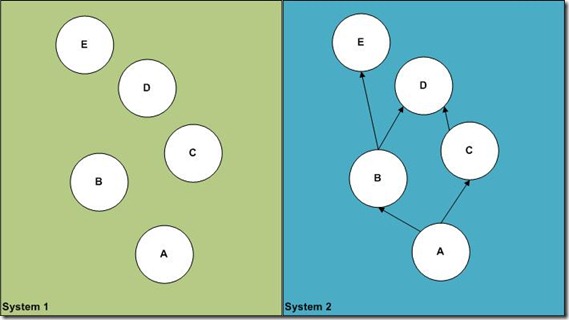In an article entitled “The Rules” appearing in Inc. magazine (Bluestein, Adam, Leigh Buchanan, Issie Lapowsky, and Eric Schurenberg. "The Rules." Inc. Feb. 2013: 48-57. Print.), Evan Williams urged entrepreneurs and managers to do something profoundly different—especially in trying economic times. Williams encouraged them to “Do less.”
Williams says that when he meets with entrepreneurs, his advice is almost always, “Do fewer things.”
Then, he proceeds to nail the matter right on the head: “The vast majority of things are distractions, and very few really matter to your success.”
Williams confesses that “anything [he’s] done that really worked happened because, either by sheer will or lack of options, [he] was incredibly focused on one problem.”
Lack of Focus Prohibits Ongoing Improvement
For years now, I have been trying to encourage the business executives and managers with which I have worked take time to apply simple tools to help them get a clear focus on the very small number of things in their “system” (read: their whole enterprise, their customer-to-cash streams) that are keeping them from making more money tomorrow than they are making today.
Oh, yes. These executives and managers have been fighting the same dozen or so “fires” for years now. The fires don’t vary much. They’ve become expected—even routine. No sooner is one put out in one department, than another fire breaks out within a very few days (or hours) in another department or with a customer or a vendor.
All the “supply chain integration” mumbo-jumbo has done is to make it possible to have as many fires burning outside the four walls as are burning inside the company itself. There never seems to be relief, and when improvement does come, it so often seems to be “by accident.” No one really knows what’s going right when it’s going right; and when it goes wrong, no one seems to be able to figure out which lever is the right lever to pull (or push) to fix it again.
Complex Systems versus Simple Systems
In the figure above, which system is more complex? Which requires more complex solutions?
The answer is: System 1 is the most complex. In order to affect the outcome of the entire ‘A’ through ‘E system, effort must be applied to ‘A’, ‘B’, ‘C’, ‘D’ and ‘E’ independently.
This is how most managers I meet in my dealings with small-to-mid-sized business enterprises see their firms. They see their business as a collection of departments, but they don’t necessarily have an accurate “system view.”
System 2 diagrammed above, however, is simple. It is simple because cause-and-effect between its interrelated components is known and (reasonably well) understood. Therefore, even though (from a chronological point of view) ‘A’ might not be the first event in the customer-to-cash stream, management understands that applying the right effort to ‘A’ will affect the function of the entire system.
Inherent Simplicity
This brings us back to Evan Williams and the article. Williams says:
“If you have too many things to think about, you’ll get… superficial solutions….”
That’s what is happening time and time again when you find yourself putting out the same “fire” for umpteenth time. Clearly, putting out the “fire” did not solve the problem or improve your company’s performance. The very best management can hope for when fighting fires—either internally or in the supply chain—is to restore normality. Fighting fires is not an improvement method—in fact, it is a distraction from improvement.
I have spoken many times before about applying tools to help unlock “tribal knowledge” across your organization. Unlocking tribal knowledge is what helps you turn your “System 1” view of your enterprise in a “System 2” understanding of how your organization really works.
Unlocking tribal knowledge in your enterprise or across your supply chain helps you discover the very small number of points upon which you should concentrate your time, energy and money (very scarce resources all).
Evan Williams puts it this way: “[K]nowing when you’re locked on the right problem…. comes down to the gut.”
Well, he’s right—sort of. By unlocking tribal knowledge, executives and managers and leverage rational tools that help your organization—from top to bottom—agree on what “their gut” is telling them. This goes way, way beyond KPIs and unlocks a world of knowledge about how your firm and your supply chain actually works—or fails to work.
Then, you can focus!
Leave your remarks here, or feel free to contact us.




